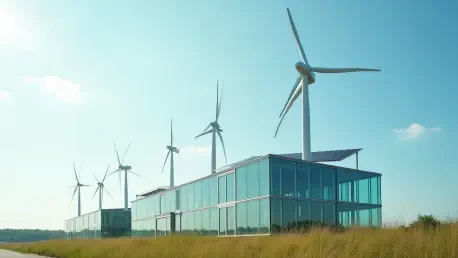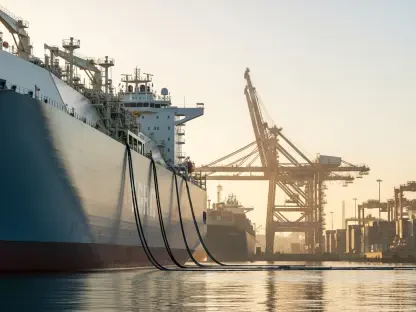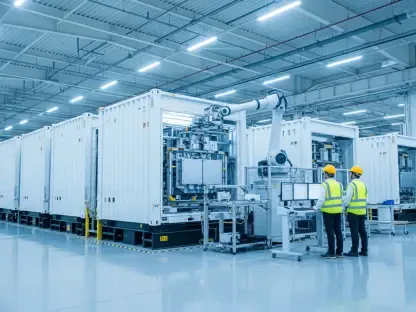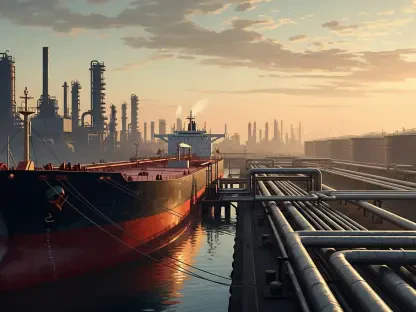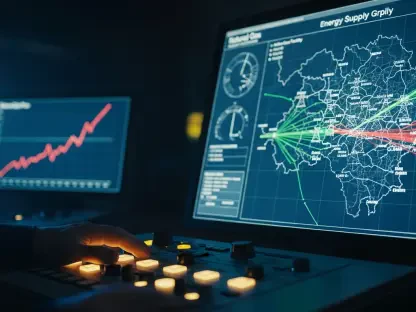Listen to the Article
Digitalization is making trading processes more efficient, faster, and reliable. In Europe, digital transformation creates a lively energy exchange that expands commerce opportunities and opens new business possibilities. Technology tools like real-time data streaming, algorithmic trading, high-resolution forecasting, and managing multiple markets help traders make faster and more accurate decisions. Here is how computerization speeds up transactions, reduces errors from manual tasks, and boosts efficiency.
Smarter Market Moves with Algo-Driven Trading
The rise of smart technology and real-time insights has changed how stakeholders make decisions. Algorithmic trading is proliferating in Europe. With it, traders can create bartering algorithms using Python, C#, and JavaScript programming languages. The innovation helps them quickly take advantage of exchange opportunities and consistently make deals by reducing human errors. Platforms like V-Market offer these tools to help users improve their commerce strategies.
Now, contract holders can quickly respond to changes in supply and demand by accessing up-to-date industry data and adjusting their trading strategies.
Building Resilience in a Greener Sector
Europe’s energy markets are changing fast because of the rapid growth of sustainable sources. AI-powered tools help these exchanges achieve their goal of carbon neutrality by making it easier to use non-fossil resources effectively.
Green energy is often unpredictable, which creates a need for stable and flexible trading. Digital technologies are crucial here, allowing for the analysis of data from eco-friendly sources and developing effective strategies. Platforms like V-Market provide contract holders with forecasts of producing renewable power sources, helping them build strategies based on this information.
One Strategy, Multiple Markets
Cross-border commerce in European energy markets provides an excellent opportunity to profit from differences in supply and demand. Digital tools make it easier and faster to execute these deals, and present a significant profit opportunity, if there is enough speed to act on shifting supply and demand dynamics. The challenge? Legacy systems often slow execution and create data silos, which limit investors’ ability to operate across multiple exchanges in real time.
Real-Time Tools That Anticipate What’s Next
V-Sensor and V-Forecast offer business operators real-time insights and detailed forecast that help them build up the trend more accurately and come up with a proper strategy. Traders have a better ability to use up-to-date information to adjust their position based on current market condition, and more effectively manage their risks.
V-Market Unlocks Smarter Cross-Border Trading
V-Market directly connects to key European energy exchanges, EPEX SPOT, Nord Pool, HUPX, and IBEX. This facilitates the responsiveness of a vendor to fluctuations of price between countries through which the goods passes.
V-Market allows traders to have faster execution speeds and better sales accuracy, especially in volatile day-ahead and intraday exchanges. In highly volume environments, the platform eliminates manual processes and ensures consolidation of access to multiple exchanges, which allows for the boosting of operational efficiency and maximizing ROI.
Today, near real-time energy exchange brought about by virtual markets is not simply about speed; it’s about giving you the competitive edge in environments of rapid change where speed and precision drive profitability.
Automation: The Key to Navigating Market Fluctuations
In Europe, renewable energy should grow by 30% in the next five years. This growth heavily relies on weather conditions for wind and solar power, which affects utility prices. As a result, prices have become more unstable, and large fluctuations are happening more frequently. More sales occur in the spot market, just before delivery. Major firms now conduct up to 30,000 daily transactions, making buying and selling faster.
These trends show that power procurement firms must automate their operations to succeed in the future. Many companies already use computerized algorithms to some extent. With advances in Big Data and data analytics, significant opportunities have emerged. Because of this, companies that sell utilities are developing new methods and processes.
The Path to Digital Excellence in Operations
The industry will likely use current systems for managing energy data (EDM) and energy trading and risk management (ETRM) in the future. However, these systems will move to the cloud to cut costs and increase efficiency. New processes will stick to existing software standards, preventing expensive custom changes.
Information from various sources will combine into a central data layer. Modern database technologies will allow quick access to large amounts of records. Traditional data warehouses may be upgraded or replaced by cloud-based files, making it easier to set up infrastructure and scale up quickly. Robotic Process Automation (RPA) will bridge gaps for interfaces that would be too costly to create from scratch.
Artificial intelligence will analyze large amounts of complex data in new ways. It will help identify patterns and use this insight to improve decision-making or fully automate processes. Data science and machine learning tools will help users without deep programming knowledge harness this technology. Many organizations now hire data scientists who apply advanced machine learning methods.
In the future, more information and better analytics models will automate processes and develop and adjust sales models. Employees will be able to conduct detailed insight evaluations and scenario analyses, especially in financial planning.
As computerization software continues to evolve, companies must have a strong IT infrastructure. Research and development must check for potential failures and set up necessary backups. Companies are also placing more importance on managing access to systems.
The Future of Trading: Blockchain, AI, and Sustainability
As digital technology advances, several key trends are expected to shape European energy sectors in the coming years. The use of sustainable power banks and the goal of reducing carbon emissions will significantly change how participants trade.
In this next phase of automation, blockchain and smart contracts will play a bigger role in energy trading. These technologies secure and make commerce more transparent. Blockchain can reduce costs and speed up transactions by cutting the need for intermediaries.
Artificial Intelligence can improve the accuracy of commerce forecasts and help contract holders develop better strategies. AI algorithms analyze market information and predict future price trends, allowing investors to make smarter decisions.
Sustainable solutions will become critical to support the European carbon neutrality target by 2050. Stakeholders will likely focus on strategies that promote low-carbon energy sources.
Platforms like V-Market are improving utilities trading efficiency by enabling real-time data streaming and managing multiple markets while integrating renewable energy. Automation will increasingly impact European power sectors, and traders who adapt to these changes will enhance their profits and meet sustainability goals.
